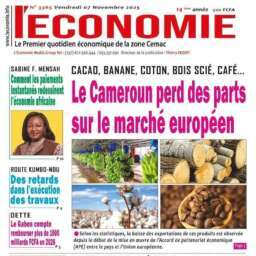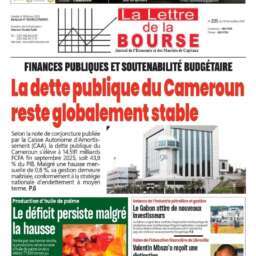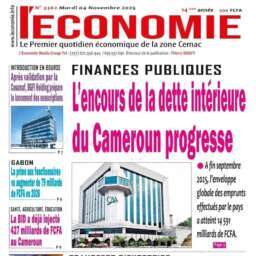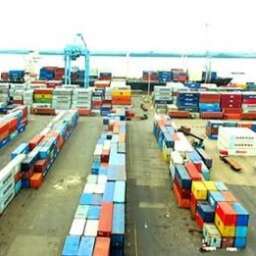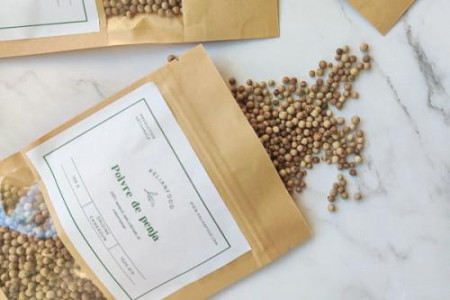(Business in Cameroon) – The first Penja International Pepper Festival (Festi-Poivre) is slated to take place from June 24 to 26, 2025, in Penja, under the theme “Let’s Discover the Authenticity of Penja Pepper.” Organized by the Representative Group of the Penja Pepper Protected Geographical Indication (GR-IGPP), the event aims to generate economic benefits both within Cameroon and internationally by showcasing the four varieties of locally grown pepper (white, black, red, and green) and their distinct flavor profiles.
Penja pepper specifically denotes a fresh or packaged product originating from the pepper plant cultivated within a clearly defined geographical area in Cameroon. Its production adheres to stringent specifications validated by producers, the Ministry of Agriculture and Rural Development, and the African Intellectual Property Organization (OAPI).
Widely regarded as one of the world’s finest peppers for its seasoning properties and enduring flavors, Penja pepper was the first product in sub-Saharan Africa to achieve Protected Geographical Indication (PGI) status, granted by OAPI in 2013. This recognition was further solidified in 2022 with the European Union’s validation of the PGI.
This prestigious labeling has significantly boosted the product’s market value. The price of one kilogram of Penja pepper surged from 3,000 CFA francs in 2008 to 20,000 CFA francs in 2022, marking a nearly sevenfold increase over a 14-year period.
The designated geographical production area spans approximately 3,000 square kilometers (around 1,158 square miles), encompassing six districts and municipalities in the Moungo department (Mbanga, Mombo, Njombé-Penja, Loum, Manjo) within the Littoral region, as well as the Tombel municipality, situated in the Koupé-Manengouba department (Southwest region). Roughly 1,000 hectares (about 2,471 acres) are under cultivation.
According to GR-IGPP, this agricultural activity currently provides employment for over 2,000 men and women, with the number fluctuating based on the specific agricultural calendar for this crop.
Frédéric Nonos

